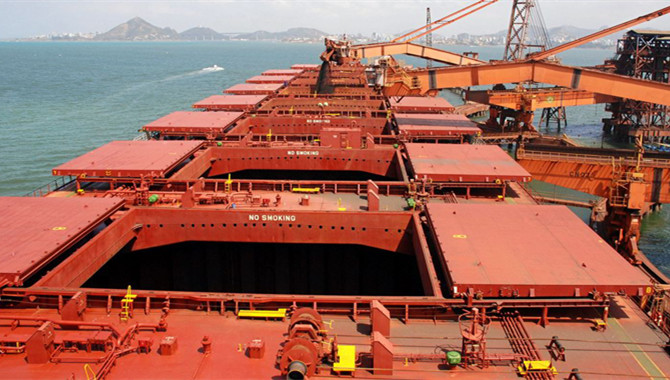Bleak global macroeconomic indicators, coupled with uncertainty in the Chinese real estate sector, are expected to keep the dry bulk freight market subdued to an extent in 2023, while the ship supply side remains contracted, according to shipping market participants.
Most freight market watchers while speaking to S&P Global Commodity Insights said that they hold bearish views for the first quarter of 2023, citing continued weak demand for almost all commodities due to global economic uncertainty, the coronavirus-related issues in China and the geopolitical issues stemming from the Russian-Ukraine conflict.
However, one of the disruptive trends that could benefit the dry bulk segment is the scant supply of new ships into the market with an estimated fleet growth of only 2%-3% over 2023. This will be coupled with the shift in tonnage supply between the Atlantic and Pacific basins due to the altered flow of commodities into Europe.
“The early part of 2023 [dry bulk market] will likely be weak and dependent on China’s COVID-19 [issues],” said a Singapore-based shipbroker, suggesting the relaxation of its coronavirus policies may promote economic and manufacturing activity, which, in turn, could lead to increase in dry bulk shipping activity.
Meanwhile, during Q4 2022, the time-charter returns for all dry bulk sectors were lower than the year-to-date average and traded down compared with the same quarter in 2021.
According to a shipbroker source, freight rates in 2023 will unlikely be as strong as that of 2021 and 2022, with ships now experiencing fewer delays from port congestions amid the withdrawal of COVID-19 quarantine measures, which have improved quick turnaround of ships at ports.
While Beijing has loosed its strict pandemic measures from December, a positive sign for the financial markets, the resurgence in COVID-19 infections in the country may impede any big recovery in the dry bulk shipping sector.
Additionally, weak macroeconomic conditions are also likely to hurt the freight market. A shaky Chinese real estate sector may provide very limited support to dry bulk shipping activity, especially on the Handysize and Supramax segments, as these ships commonly move construction-related commodities such as steels, logs, cement, clinker, and slag cargoes, among others.
“The uptake stemming from the [Chinese property] sector would be pivotal in providing stability for dry bulk shipping,” said a Handysize ship-operating source.
While the low interest rates announced by China, which is the world’s largest dry bulk commodity importer, may provide stimulus to the property sector to a certain extent, currently it is not translating into an increase in cargo volumes.
Instead, the trend is to “upsize” the cargo quantities shipped by combining multiple Handysize or Supramax parcels to load onto bigger vessels such as the Panamax and Capesize ships, which are more economical in terms of freight compared with smaller geared bulk carriers.
Some market participants are optimistic about dry bulk freight rates correcting up during 2023.
“With more cities [in China] coming out of lockdowns, there are expectations for [commodity] consumption to increase,” said a ship-chartering source with a commodity trader, suggesting it would lead to the resumption of economic and manufacturing activity, thereby spurring support for the dry freight market.
Although the geopolitical situations remain unpredictable, a second shipbroker source said if there was a resolution to the Russia-Ukraine conflict, the rebuilding efforts in the aftermath may see a surge in demand for construction-related commodities such as cement, steel and aluminum carried on the back-haul routes. This, the source said, would improve ton-mile demand for shipping commodities and lend support to the geared ship segments.
In addition, a lack of clarity over decarbonization and emission-related regulations would likely play an important role in keeping dry bulk fleet supply steady amid lackluster demand for ships.
Many shipowners have curtailed orders for newbuilds at yards by adopting a wait-and-watch approach until they achieve clarity on compliance over new environmental and emission regulations. This has limited the number of orders for dry bulk newbuilds in 2023 and kept the supply side fairly stable.
This move has resulted in some shipowners opting for period tonnage instead of committing to investments in newbuilds on the premise that chartered-in modern ships would be better suited to comply with the forthcoming emissions regulations.
Source: Hellenic Shipping News






